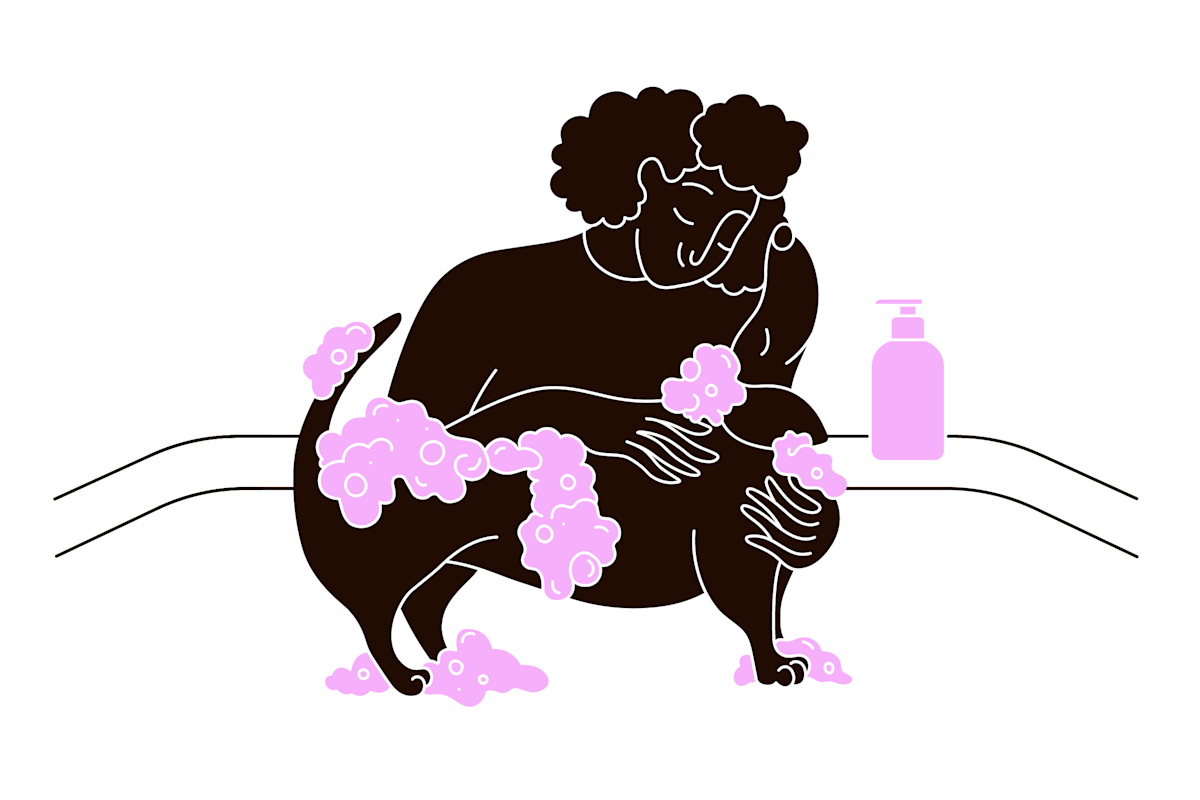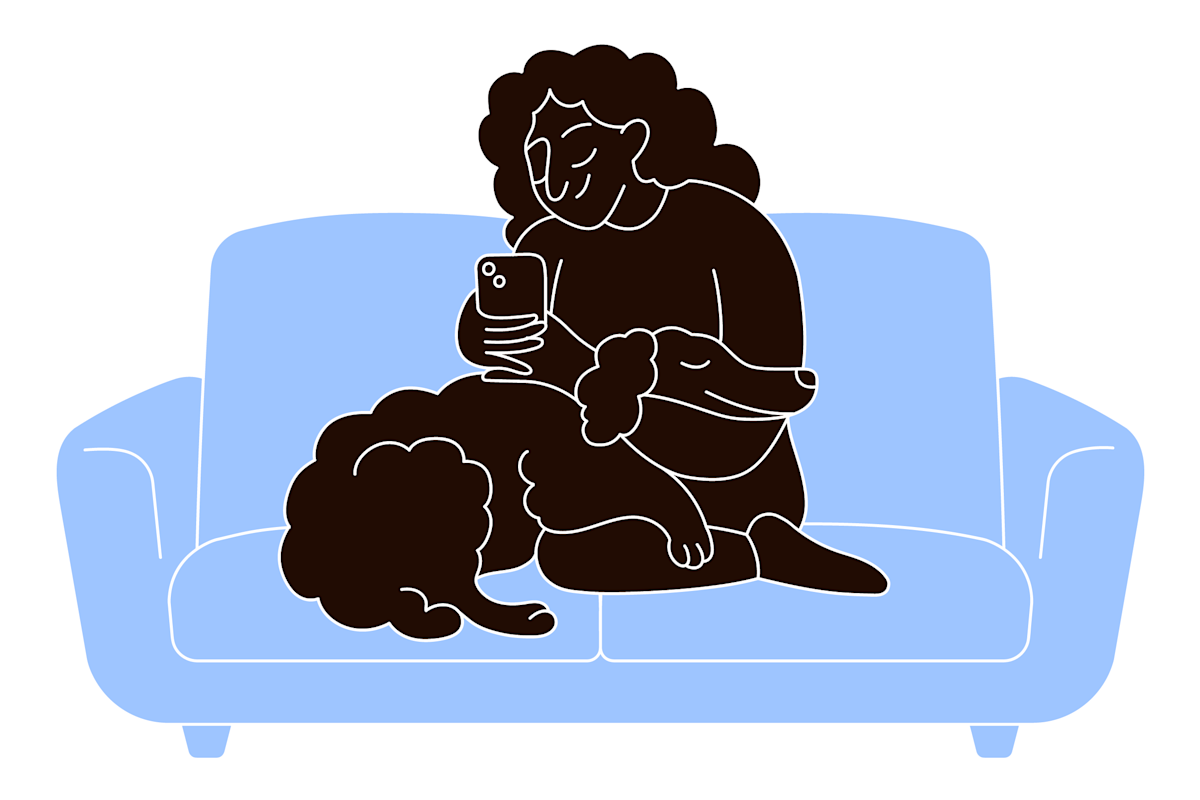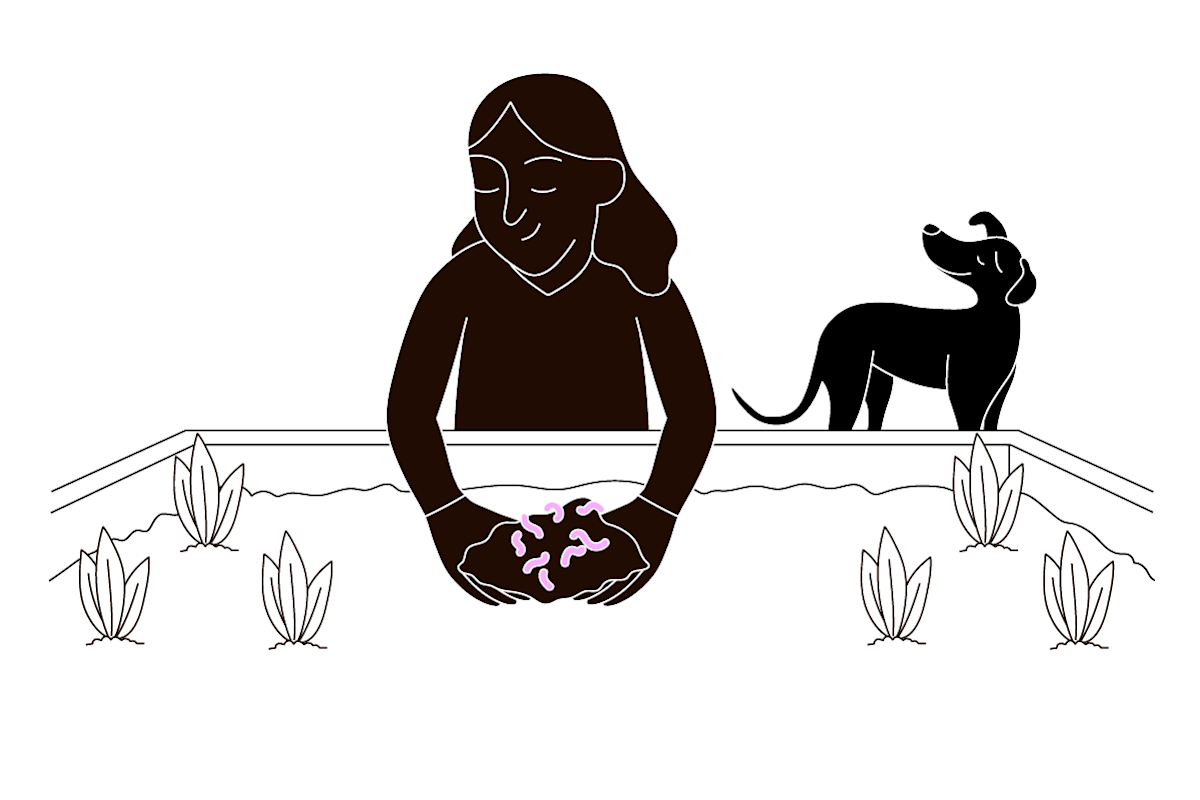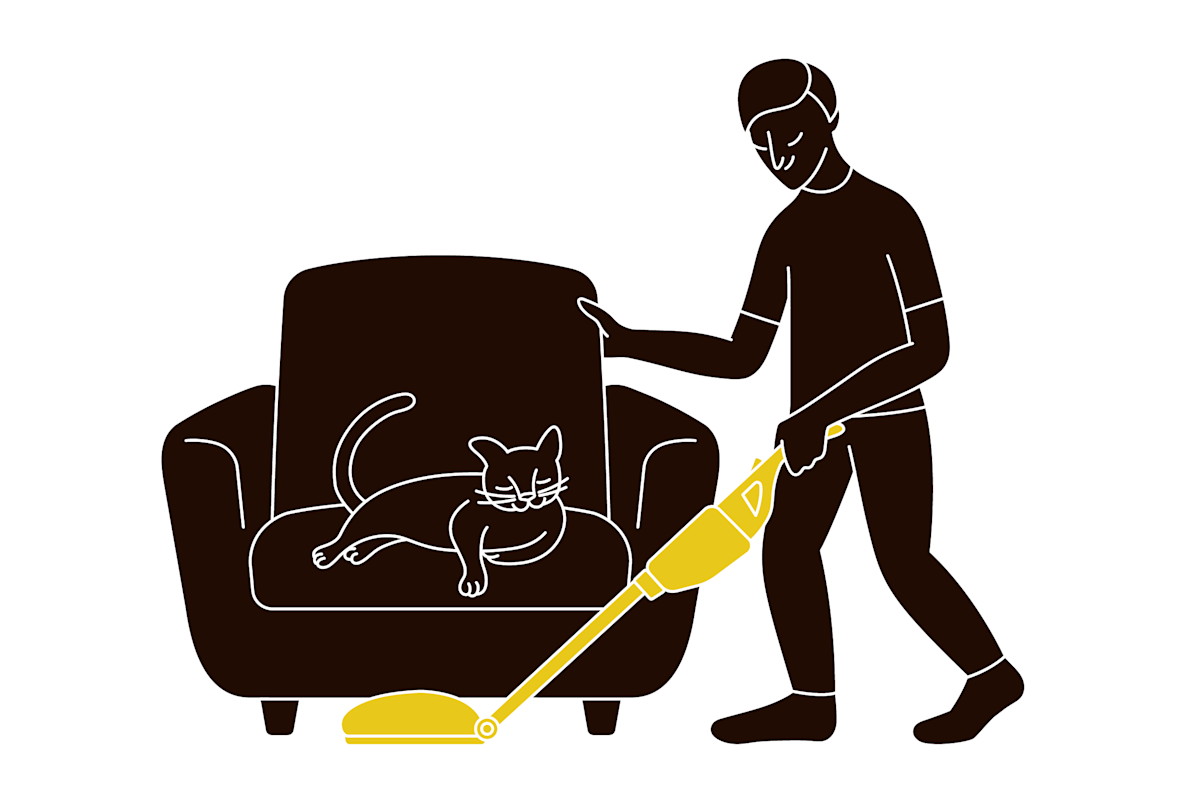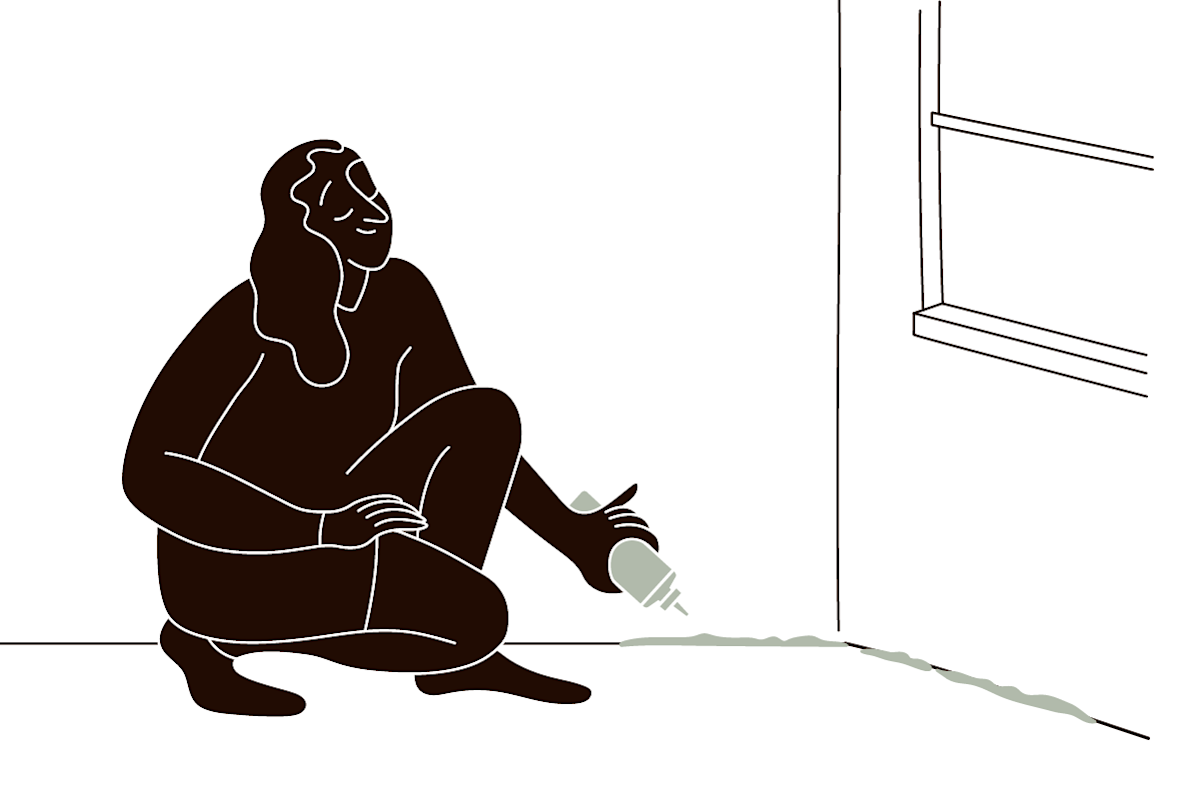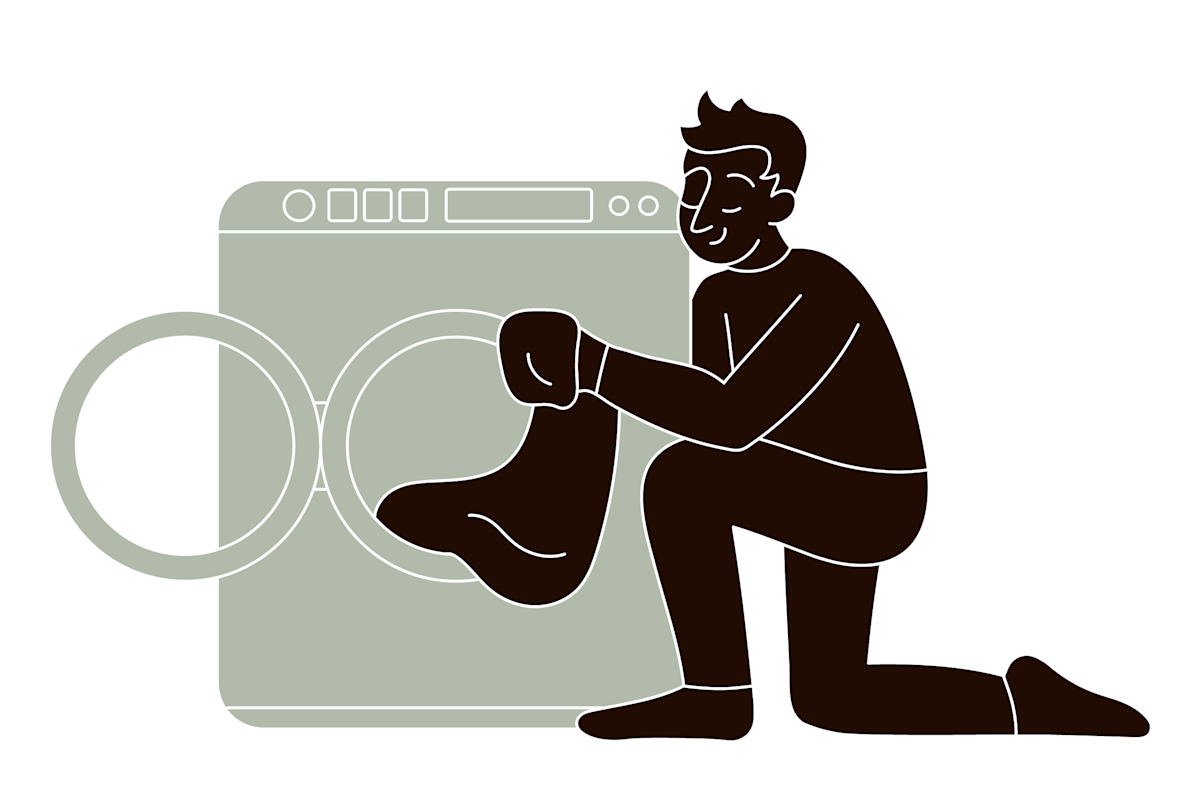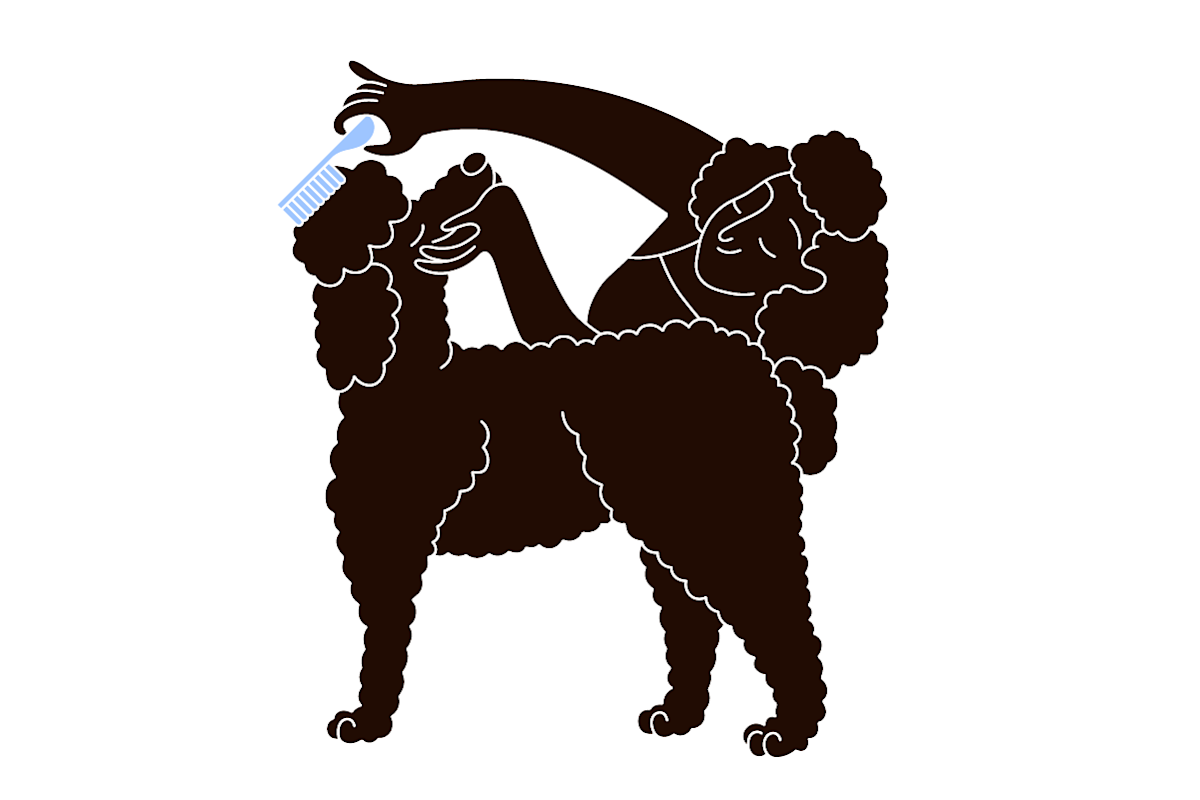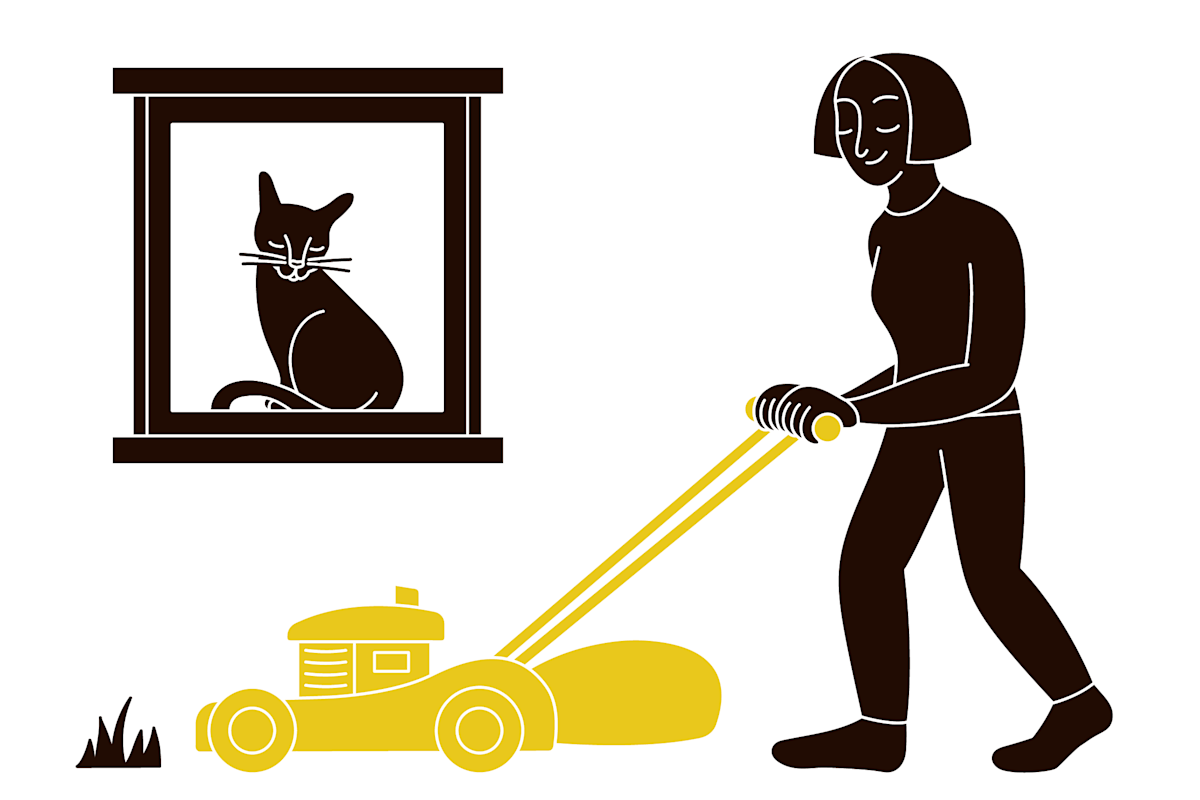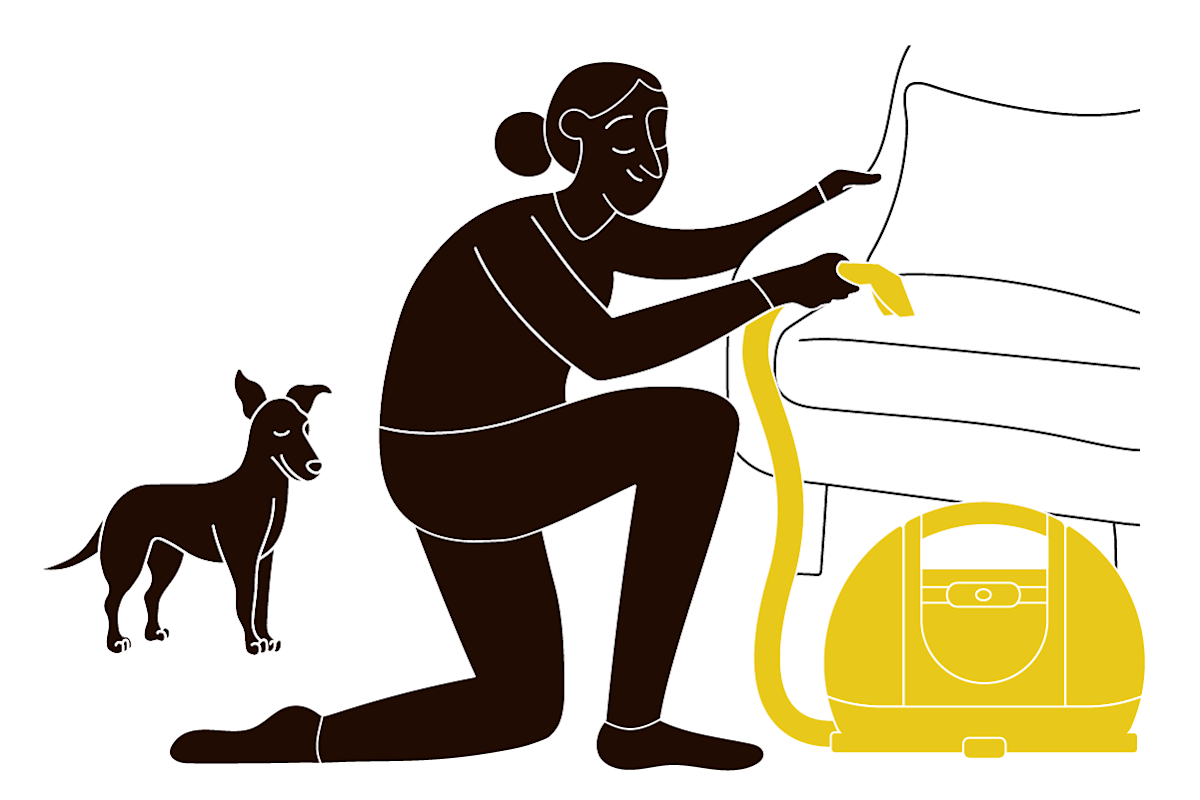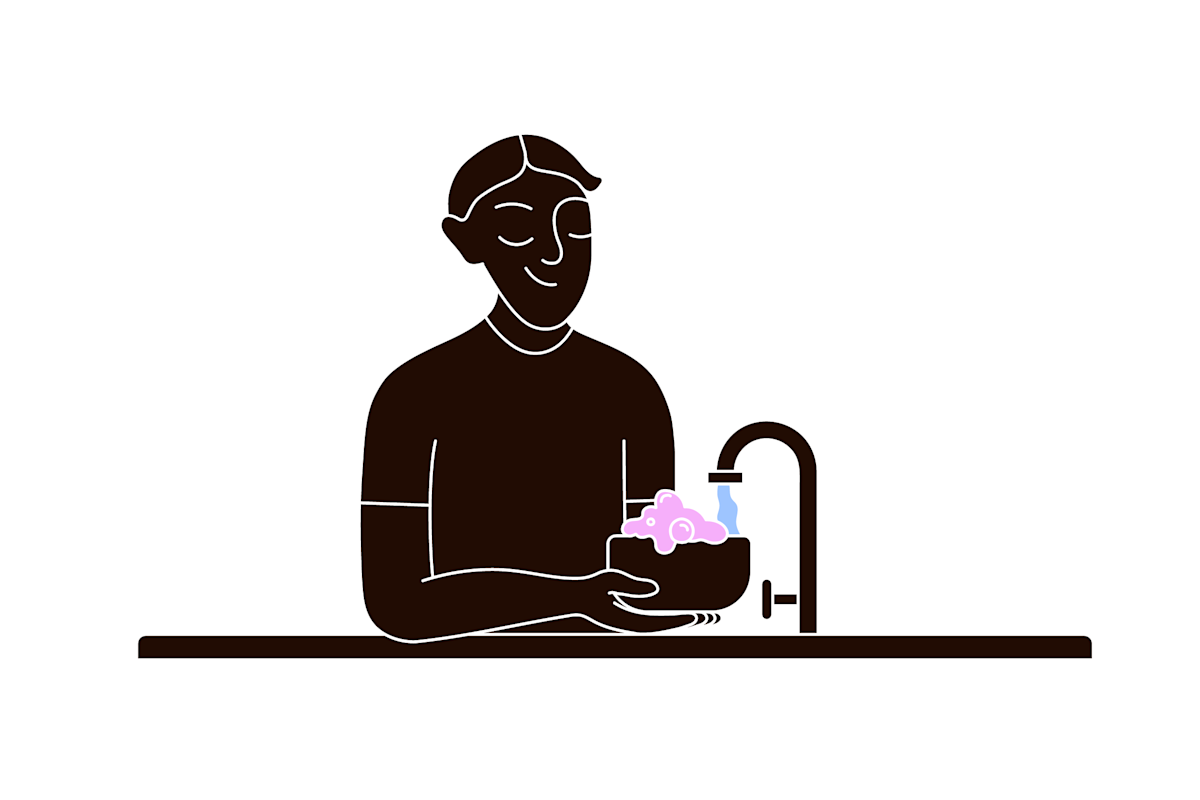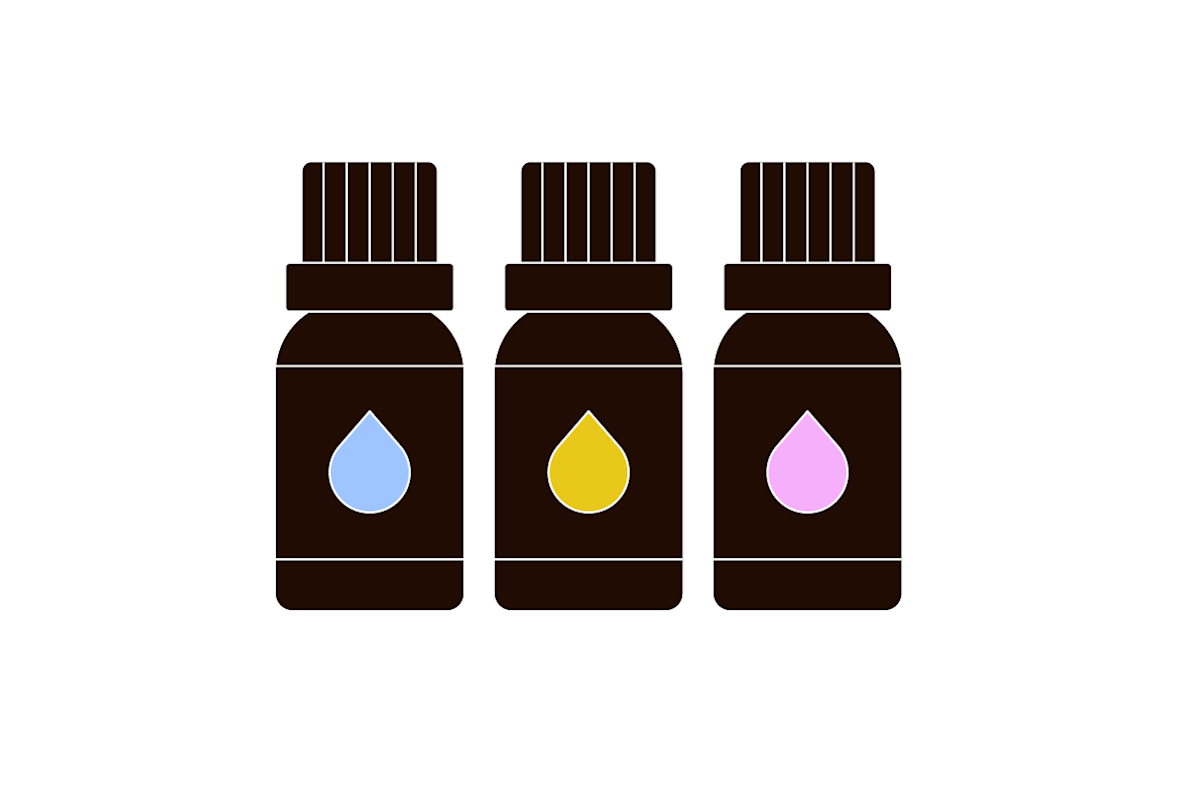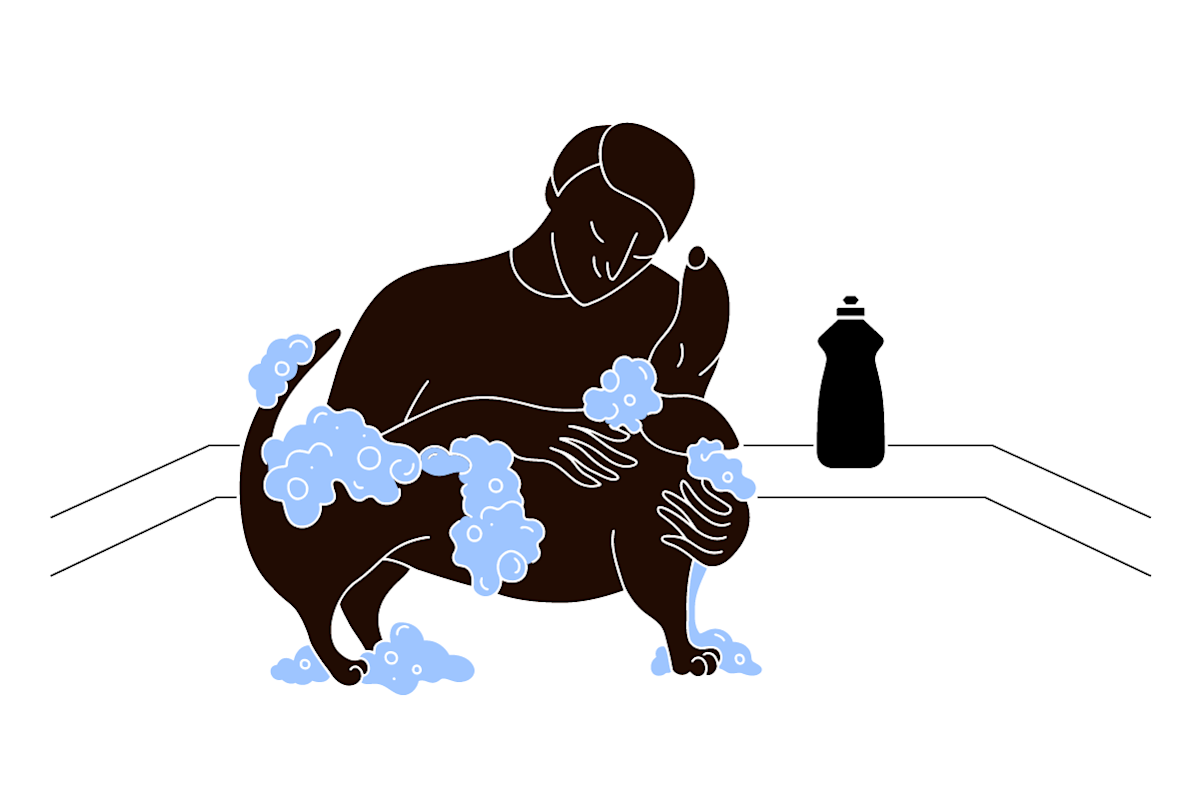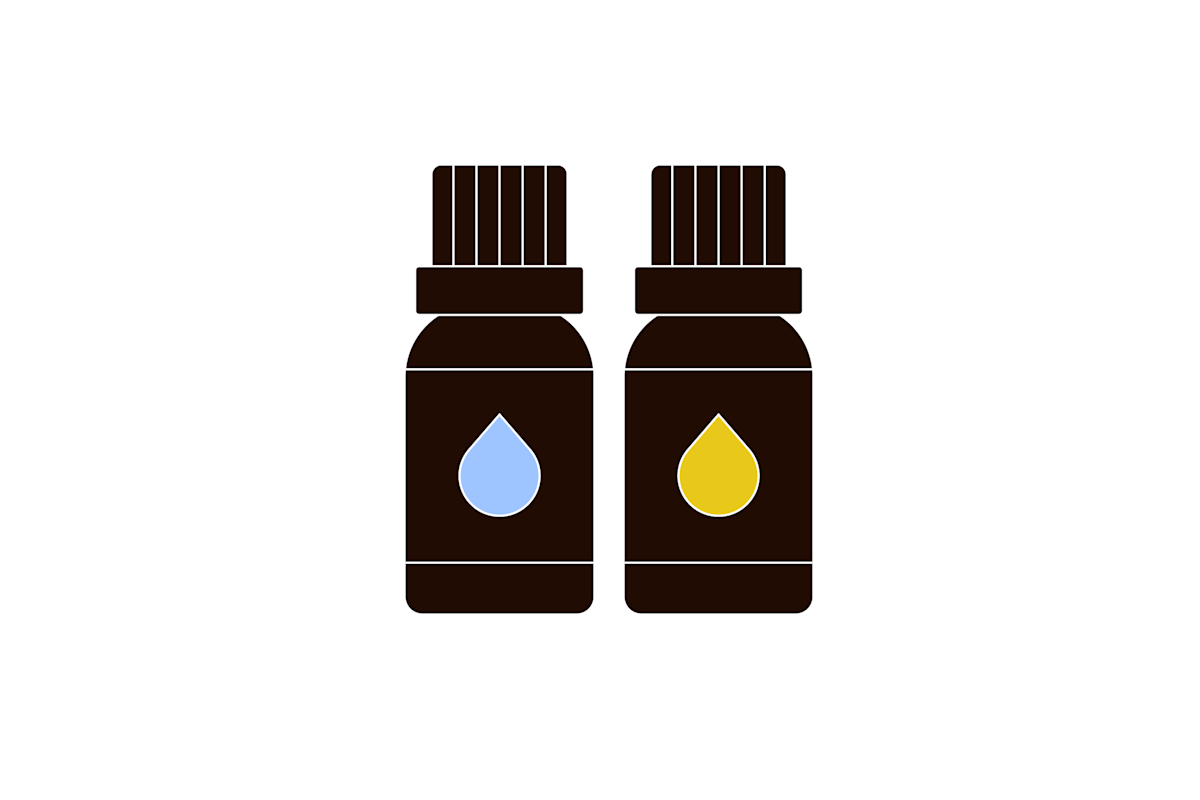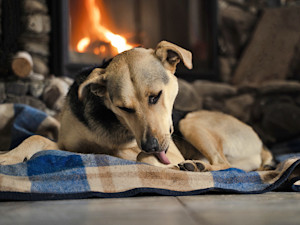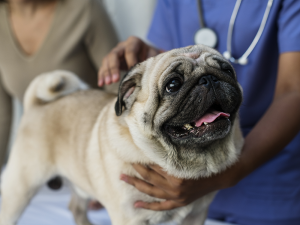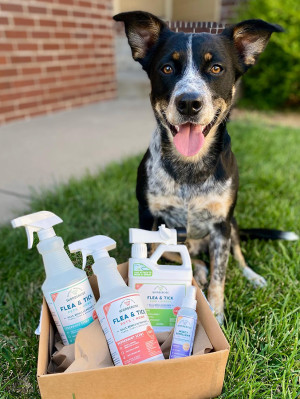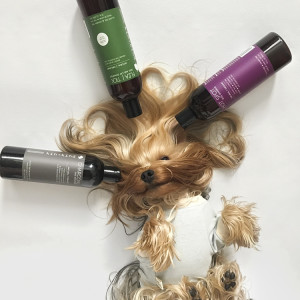How to Get Rid of Fleas — Proven Home Remedies
You can stop your home from becoming a literal flea circus.

Share Article
In This Article:
Determining The Source of the Flea Problem Proven Home Remedies for Fleas Home Remedies for Fleas That Don’t Work When to Consult an Expert Frequently Asked Questions
No one wants fleas in their home, but having pets can make this a constant battle. A little forethought can prevent months of worrying about fleas on your dog, flea eggs in your carpet, and the general icky feeling of having parasites in your house. Monthly flea preventative medications are the best and most reliable way to keep your pet and environment free of fleas. But there are also several home remedies pet parents can explore to try getting rid of fleas naturally, whether due to concerns about cost, safety, or the environmental friendliness of these medications.
To eliminate fleas naturally, you can try daily vacuuming alongside steam cleaning carpets and washing all bedding in hot water. For a natural treatment, apply diatomaceous earth to carpets and pet beds and use essential oil-water sprays. But be careful of certain popular but ineffective home remedies like salt or tea tree oil, which can be toxic to pets. With these methods, you’ll be able to get rid of fleas naturally—and fast.
What is the source of the flea problem?
The first step in finding the source of a flea problem is recognizing the signs of a flea infestation. If you have a dog, you’ll often get a clue that they have fleas when you can’t sleep due to their constant scratching. In addition to itching, dogs with flea allergies can suffer from severe skin problems. If you’re worried that parasites are causing this itching, it helps to know how to check your dog for fleas.

Begin by spreading the hair and carefully checking for fleas or flea dirt (flea poop). The most common areas to see evidence of fleas are on the lower back (around the base of the tail), around the ears, and on the belly. Flea dirt is one to two millimeters long, black in color, and usually found around hair shafts. It can be differentiated from normal dirt by rubbing some into a wet paper towel. Flea dirt will create a reddish or rust-colored spot due to the digested blood present in it.
You can also look for flea bites on your dog or yourself. Flea bites look like most other insect bites (a small, raised, reddish papule) but are usually very itchy and show up in clusters. They may be hard to see on dogs with dense hair coats. On people, flea bites tend to occur on the feet and ankles, or beneath waistbands and other tight-fitting areas of clothing.
For dogs with early mild flea infestations, using a flea comb can help to find fleas and flea dirt. Flea combs have teeth that are so close together that fleas can’t fit between them. The combs will catch both fleas and flea dirt, giving you the best chance of finding out if your dog is the source of the flea problem.
Seeing tapeworms in your dog’s poop can also clue you in to a flea problem. Some species of tapeworm are transmitted when your dog swallows a flea while biting at an itchy area for relief. Seeing tapeworm segments, which look like grains of rice, in your dog’s stool means that it’s likely your dog has ingested some fleas.
Finding flea eggs is possible, but difficult. Flea eggs are white, ovoid, and about half a millimeter long. Fleas make a lot of them — about forty to fifty per day, per flea — but they usually fall off of dogs quickly and end up hidden in bedding, furniture, flooring, and carpets. The eggs will hatch into larvae, which feed off flea dirt and eventually develop into pupae, which can live in the environment for up to a year before emerging as adult fleas when conditions are right.
How to get rid of fleas naturally
Numerous home remedies have been tried and evaluated for flea control. Some of these remedies can kill fleas, but none are ideal by themselves for overall prevention and control. Once fleas have invaded your home, getting them out takes a commitment to topical and environmental control.
Bathing
Giving your dog a bath can be helpful in physically removing fleas and flea dirt. Using a normal dog shampoo or one containing oatmeal to help relieve itchiness is fine. Over-the-counter flea shampoos are available but may not add much to a normal bath. If you do use a flea and tick shampoo, be sure to follow the label instructions regarding age, species, contact time, and amount carefully. Flea shampoos contain insecticides that can cause toxic effects if not used appropriately. Bathing can provide some immediate relief and reduce the number of active fleas on your dog but won�’t help much if there are still fleas in the environment. More fleas will hop on quickly after the bath.
Keeping your pets indoors
Dogs will always need to go out to potty, but try to limit outdoor time if you’re dealing with a flea infestation, especially in the summer months when fleas are most active. If you have cats, make sure they’re indoors and not roaming the neighborhood. Cats can easily transfer fleas to your dog and your home environment.
Nematodes
These tiny worms can be used to target flea larvae in a yard’s soil, preying on the larvae and preventing them from becoming fully-grown fleas, thus eliminating the continued life-cycle of the fleas once the adult fleas have died off.
Vacuuming
If you’ve seen fleas in your home or on your pet, vacuuming is a key part of environmental flea control. A powerful vacuum or steam cleaner can remove adult fleas, flea dirt, flea eggs, larvae, and pupae from flooring, carpets, rugs, and furniture. Vacuum daily to remove as many pests as possible and remove the flea dirt that helps larvae feed and mature. Empty vacuum canisters and get vacuum bags out of the house immediately after vacuuming.
Diatomaceous earth
Diatomaceous earth is frequently suggested for control of numerous pests and parasites. Diatomaceous earth consists of the fossilized remains of prehistoric algae. These tiny fossils have microscopic, jagged edges that damage the waxy layer covering the exoskeleton of insects, leading to dehydration and death. It has been shown to work well against a number of insects, though it has not been tested with fleas or as a flea control agent for dogs.
The problem with using diatomaceous earth for fleas is that the same mechanism that makes it so effective against insects also makes it irritating to tissues. I have seen pets present with severe respiratory problems after being exposed to diatomaceous earth. It can dry out skin, irritate eyes, cause sneezing, and result in shortness of breath if inhaled. Using diatomaceous earth as a topical or indoor flea control product is not generally recommended, but it may be considered for specific outdoor areas as part of an overall pest control strategy for the environment.
Washing bedding
Keeping your dog’s bedding clean is another great way to eliminate fleas from your home without using insecticide. Wash your dog’s bedding (and your bedding too, if your dog insists on sharing) with hot, soapy water every week or two to help with environmental flea control.
Flea combing
Flea combs are great at removing fleas and flea dirt, especially on young puppies that can’t be bathed regularly or treated with certain flea products. Flea combs can work well on adults too, but it’s less likely that you’ll be able to remove all the fleas on a large or long-haired dog.
Lawn care
It’s impossible to eliminate fleas from your yard and neighborhood, but you can take some steps to limit their numbers. Keeping your yard free of leaves, your bushes trimmed, and your yard mowed can remove some of fleas’ favorite hiding spots.
Steam cleaning
Steam clean your carpets and wash all bedding in hot water, while using a fine-toothed flea comb dipped in soapy water to remove fleas from pets.
DIY flea trap
You can make your own flea trap using a bowl of soapy water under a lamp casting yellow light. The light and heat can attract fleas to the water, which they become trapped in. There are also sticky flea traps with built-in lights available from grocery and hardware stores. Traps like these can catch a few fleas if there’s a bad infestation but won’t eliminate enough to make a big dent in the overall population.
Essential oils
There are some specific essential oils that kill fleas like citronella, clove, peppermint, and ginger oil. Testing of these oils took place in laboratory conditions, where the fleas were exposed to a high concentration of the oils. Maintaining those concentrations on your dog or in your house would be difficult and potentially harmful. The oils most effective at killing fleas also cause skin irritation when applied to dogs. Many people and animals (especially cats) can have respiratory issues when exposed to essential oils. Although these oils can kill fleas, they do not have the safety profile or residual activity needed for effective flea control.
Natural flea treatments that don’t work
If you’re looking for home remedies for fleas on dogs without bathing them, solutions outside of physical removal are limited. Many dog home flea remedies have been tried over the years, but many are ineffective, including:
Dish soap
Dish soap can be great for rinsing oily toxins off of skin and fur, and pet parents may wonder: does Dawn dish soap kill fleas? Unfortunately, it is not an effective way to get rid of fleas. Dish soap can also be irritating to dogs because it is not pH-balanced for their skin.
Vinegar or rubbing alcohol
If you’re trying to find out how to get rid of fleas naturally with vinegar, dousing your dog in vinegar is not it. Vinegar (including apple cider vinegar) may have mild flea repellant properties due to its odor, but it doesn’t kill fleas. Vinegar is acidic, so even a dilute solution applied to your dog can result in skin irritation, dryness, and itchiness. Plus, the constant smell of vinegar could upset your dog’s super-sensitive nose and sense of smell.
With rubbing alcohol, the cure may be worse than the disease. Rubbing alcohol can kill fleas, but it’s toxic to dogs. In addition to drying out and irritating the skin where it’s applied, it can be absorbed through the skin and cause systemic toxicity. Skip this harmful flea solution.
Tea tree oil and cedar oil
These oils are both toxic to dogs and should not be applied to them or spread in their environment for flea control.
When to consult an expert
Honestly, the best time to talk to a veterinarian about flea control is before you have a flea problem. Being proactive about flea control and using preventative medications year-round can save you and your dog a lot of stress, itchiness, and effort in getting rid of fleas after they’ve invaded. If you notice fleas or flea dirt on your dog, see your vet and a pest control expert as soon as possible. They can help protect your dog from fleas and start you on the path to a flea-free existence.
FAQs
What do flea bites look like?
Flea bites look like most other insect bites (a small, raised, reddish papule) but are usually very itchy and show up in clusters. They may be hard to see on dogs with dense hair coats.
What do flea eggs look like?
Flea eggs are white, ovoid, and about half a millimeter long. Fleas make a lot of them — about forty to fifty per day, per flea — but they usually fall off of dogs quickly and end up hidden in bedding, furniture, flooring, and carpets.
References
Farrell, Sean, et al. “Seasonality and Other Risk Factors for Fleas Infestations in Domestic Dogs and Cats.” Medical and Veterinary Entomology, 9 Jan. 2023, https://doi.org/10.1111/mve.12636opens in new tab.
“Fleas.” www.nyc.gov/site/doh/health/health-topics/fleas.pageopens in new tab.
Phacharaporn Tadee, et al. “Essential Oil Pharmaceuticals for Killing Ectoparasites on Dogs.” Journal of Veterinary Science, vol. 25, 1 Jan. 2024, https://doi.org/10.4142/jvs.23189opens in new tab.
US EPA, OCSPP. “Controlling Fleas and Ticks around Your Home.” Www.epa.gov, 21 May 2013, www.epa.gov/pets/controlling-fleas-and-ticks-around-your-homeopens in new tab.
Sue Faust
Sue Faust is the owner of Paws Playgrounds, a dog daycare and dog-boarding service provider in downtown Toronto. She has spent years researching refining best practices in dog care services.

Dr. Bartley Harrison, DVM
Dr. Bartley Harrison is a veterinarian with more than 19 years of experience. He has treated a variety of species in emergency and speciality practices for both large and small animals. His primary interests as a vet are emergency medicine and critical care.
Related articles
![Fluffy brown and white puppy dog scratching a lot with its paw]()
Your Itchy Dog Deserves Relief—Here’s What to Do
Thankfully, there are treatments. But first, you have to figure out why they have an itch to scratch.
![Dog licking its paw inside by the fire.]()
Hot Spots in Dogs: What Are They, How to Treat Them, and How They Compare to Ringworm
From home treatments to holistic methods—and when to call a vet.
![a pug is cradled by a person in scrubs with a stethoscope]()
Everything You Need to Know About Heartworm
Heartworm disease is as gnarly as it sounds. Here’s how to prevent a horror story from coming true for your pet.
![Dog sitting behind a basket of Wondercide products on the grass outside]()
Mosquitos Aren’t Going Away — Neither Are Bug Sprays That Are Toxic to Dogs
Enter: Wondercide, a plant-based, sustainable, pesticide-free mosquito-repellent set safe to use around your pet.
![A dog with silky hair posing with dog friendly bathing products.]()
Kin+Kind’s Pet Care Philosophy is Squeaky Clean
Co-founder Thomas Ling on his passion project-turned-side hustle-turned career.
![Woman holding a beagle in warm dappled summer light]()
You’ve Got a Summer-Lovin’ Pup. Here’s How to Keep Them Safe
Some like it hot (but not most dogs). Here are the season’s health hazards, from fleas to foxtails.

